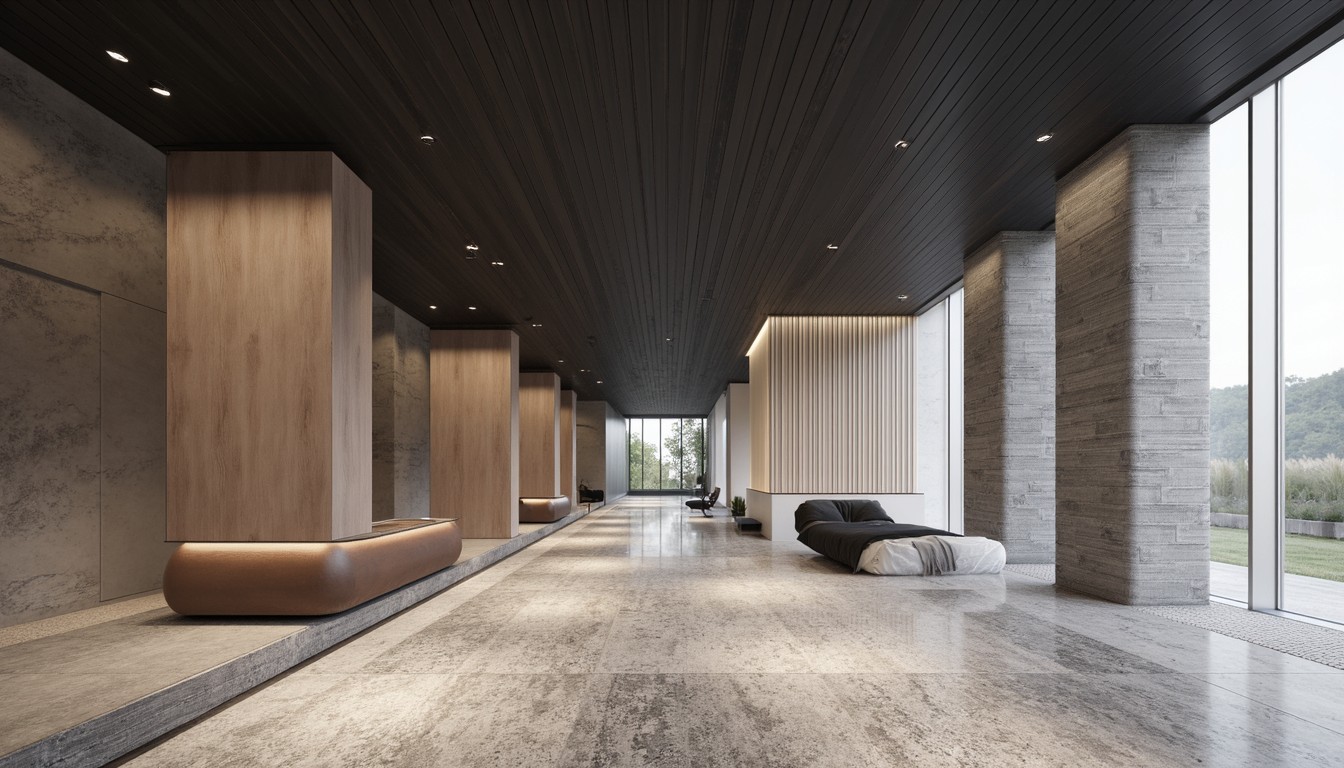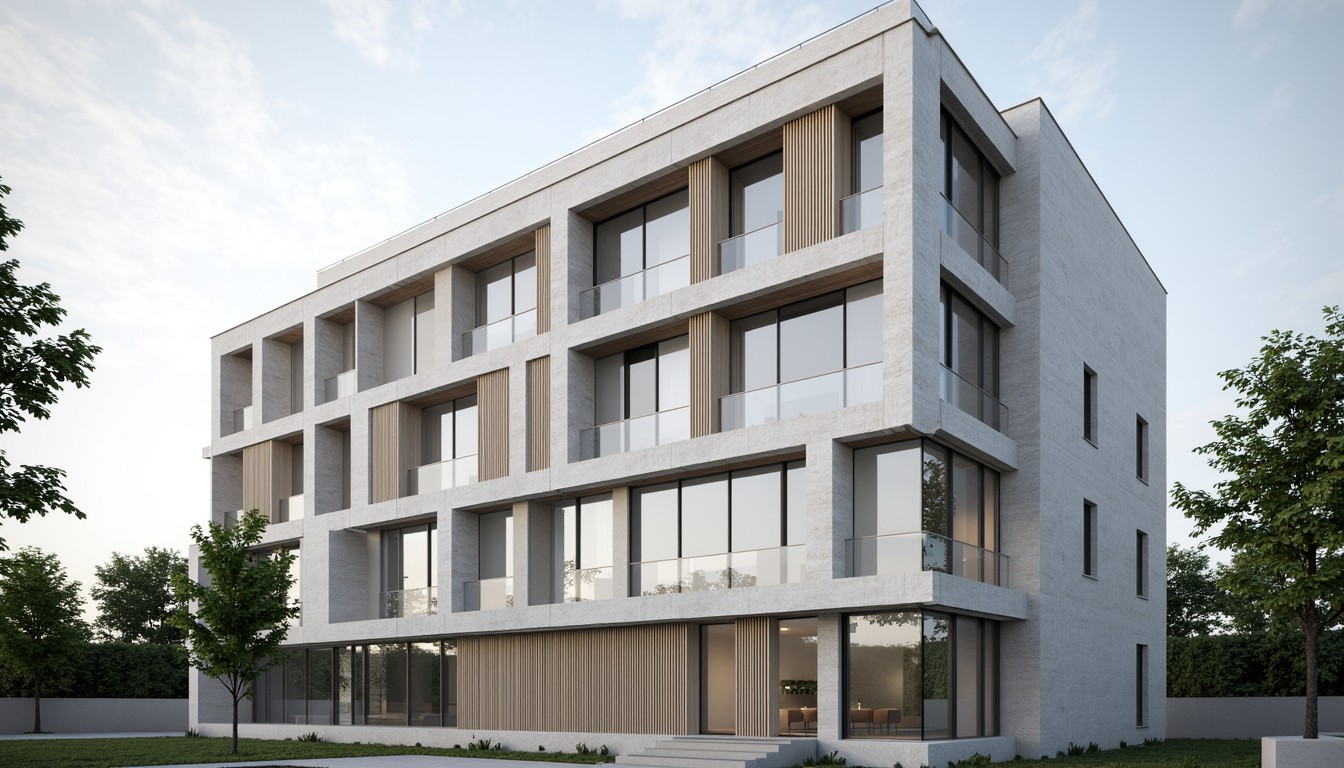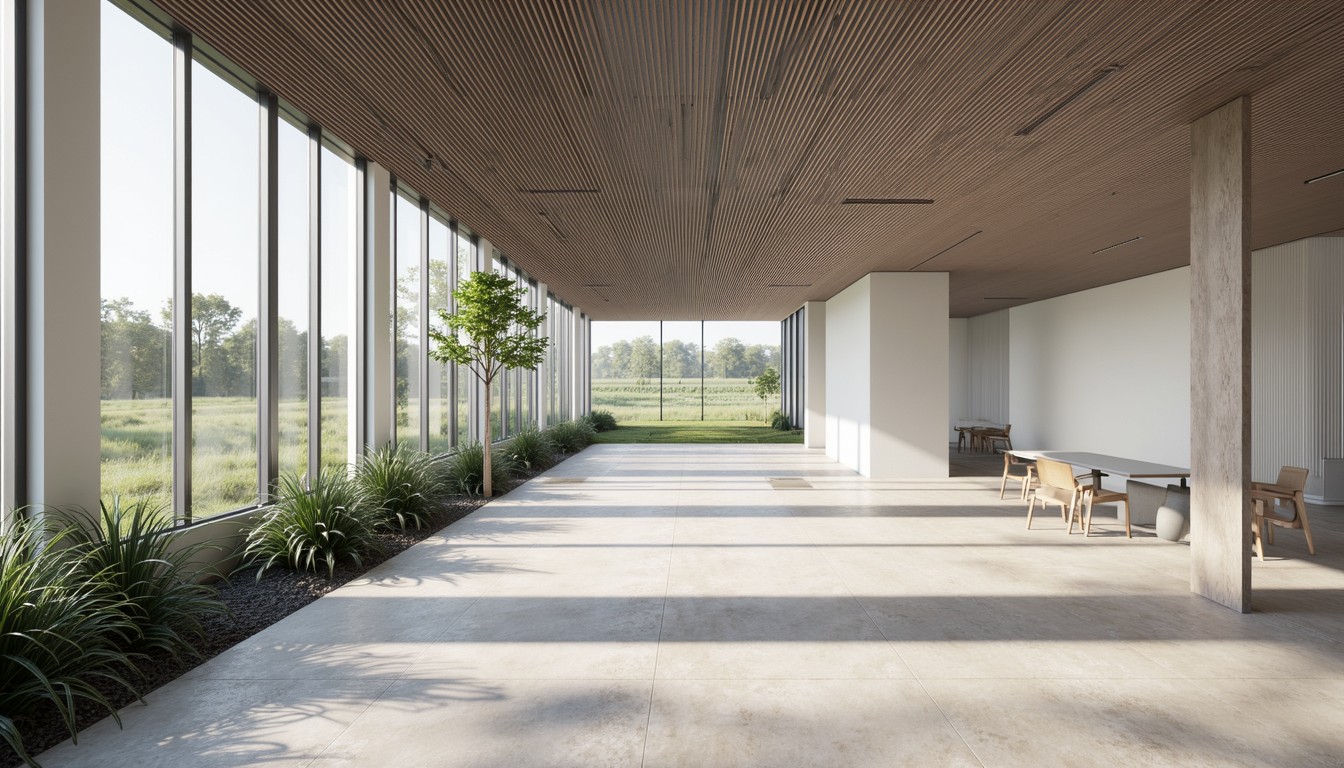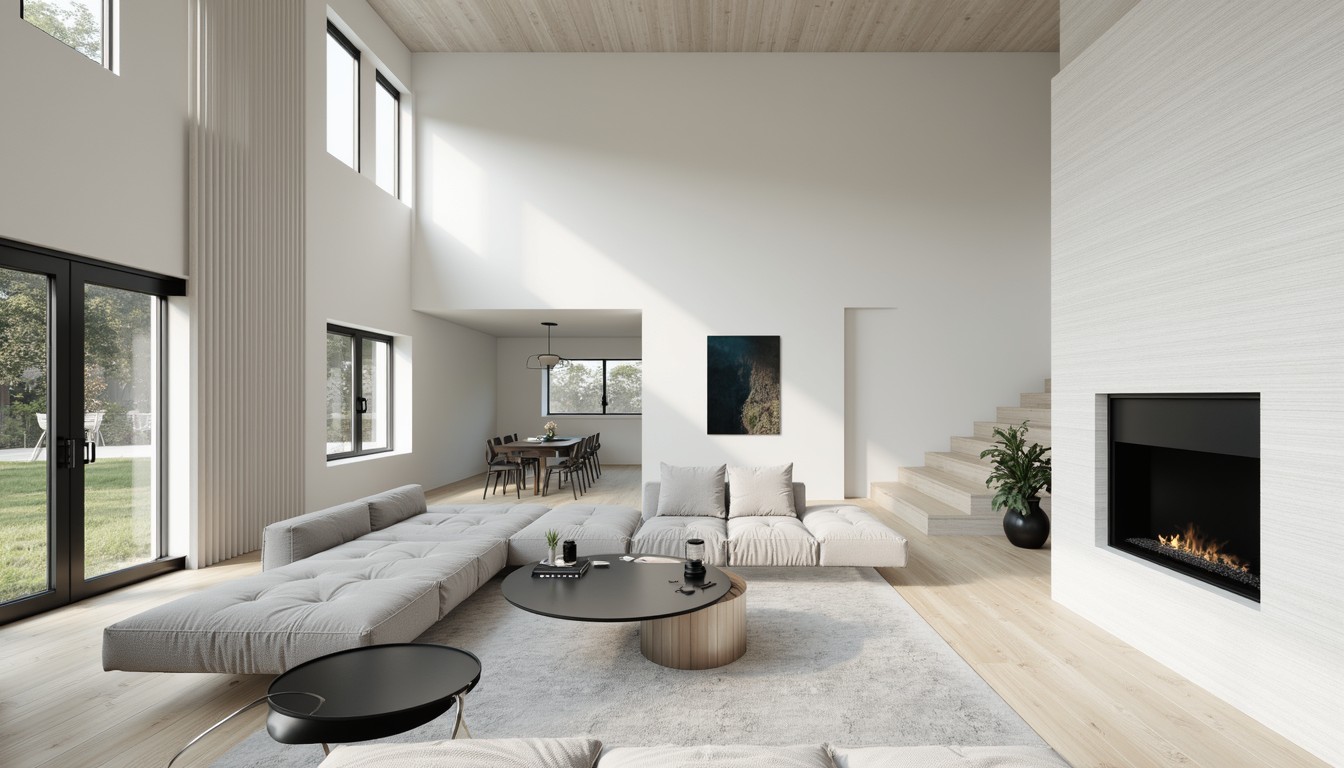3D Printing in Construction: Building the Future
The construction industry, traditionally slow to adopt new technologies, is undergoing a seismic shift thanks to the rise of 3D printing. This innovative technology, also known as additive manufacturing, is no longer a futuristic fantasy; it's rapidly becoming a viable and increasingly popular method for building everything from small-scale components to entire houses. This article explores the transformative impact of 3D printing in construction, examining its benefits, challenges, and the exciting possibilities it holds for the future of the built environment.
The Rise of Additive Manufacturing in Construction

3D printing in construction utilizes specialized machinery to deposit layers of material, such as concrete, mortar, or specialized polymers, according to a digital design. This process allows for the creation of complex geometries and intricate designs that would be impossible or prohibitively expensive using traditional methods. The technology is particularly well-suited for creating customized, bespoke structures, and for rapidly prototyping designs.
Types of 3D Printing Technologies in Construction
Several 3D printing techniques are used in the construction industry, each with its own strengths and limitations:
- Extrusion-based 3D printing: This method uses a nozzle to extrude a continuous stream of material, layer by layer, building up the structure. It’s commonly used with concrete and other cementitious materials.
- Binder jetting: This technique uses a binding agent to selectively consolidate a powder material (like sand or concrete powder) layer by layer, creating a solid structure.
- Vat polymerization: This method uses a UV light to cure liquid resin layer by layer, creating highly detailed and precise structures. While less common in large-scale construction, it finds applications in creating intricate architectural components.
Benefits of 3D Printed Construction
The advantages of 3D printing in construction are numerous and compelling:
- Increased Speed and Efficiency: 3D printing significantly reduces construction time, allowing for faster project completion and reduced labor costs.
- Reduced Waste: Additive manufacturing minimizes material waste compared to traditional methods, promoting sustainability and reducing environmental impact.
- Design Freedom and Customization: 3D printing enables the creation of complex and intricate designs, pushing the boundaries of architectural creativity and allowing for highly customized structures.
- Cost Savings: While initial investment in equipment can be significant, long-term cost savings can be achieved through reduced labor, material waste, and construction time.
- Improved Safety: On-site construction is often dangerous. 3D printing can reduce the need for manual labor on construction sites, improving worker safety.
- Enhanced Sustainability: The reduced material waste and potential for using recycled materials make 3D printing a more sustainable construction method.
Real-World Applications of 3D Printed Construction

3D printing is already transforming the construction landscape in various ways:
- Residential Housing: Entire houses are being 3D printed, offering affordable and sustainable housing solutions.
- Infrastructure Projects: Bridges, retaining walls, and other infrastructure elements are being built using 3D printing, offering faster construction and improved durability.
- Architectural Components: Intricate facades, decorative elements, and bespoke architectural features are created using 3D printing, adding unique character to buildings.
- Disaster Relief: 3D printing offers rapid deployment of shelters and temporary structures in disaster-affected areas.
Challenges and Limitations of 3D Printing in Construction
Despite its potential, 3D printing in construction faces certain challenges:
- High Initial Investment: The cost of 3D printing equipment can be substantial, representing a barrier for entry for smaller companies.
- Material Limitations: The range of printable materials is still developing, limiting design flexibility in some cases.
- Scalability Issues: Scaling up 3D printing for large-scale projects can be complex and require significant logistical planning.
- Regulatory Hurdles: Building codes and regulations may need to be updated to accommodate 3D printed structures.
- Skilled Labor Requirements: Operating and maintaining 3D printing equipment requires specialized knowledge and training.
The Future of 3D Printing in Construction

The future of 3D printing in construction is bright. Ongoing research and development are addressing the current challenges, leading to improved materials, faster printing speeds, and more efficient processes. We can expect to see even wider adoption of this technology across the construction sector, leading to more sustainable, efficient, and innovative buildings.
ArchNav: Your Partner in Visualizing the Future of Construction
At ArchNav, we understand the transformative potential of 3D printing in construction. Our cutting-edge architectural visualization services help you explore and communicate the possibilities of this technology, creating stunning visuals that bring your innovative designs to life. We leverage the latest software and techniques to provide you with high-quality renderings, animations, and virtual reality experiences, allowing you to showcase the beauty and functionality of your 3D printed projects to clients and stakeholders. Contact us today to learn how ArchNav can help you build the future.
